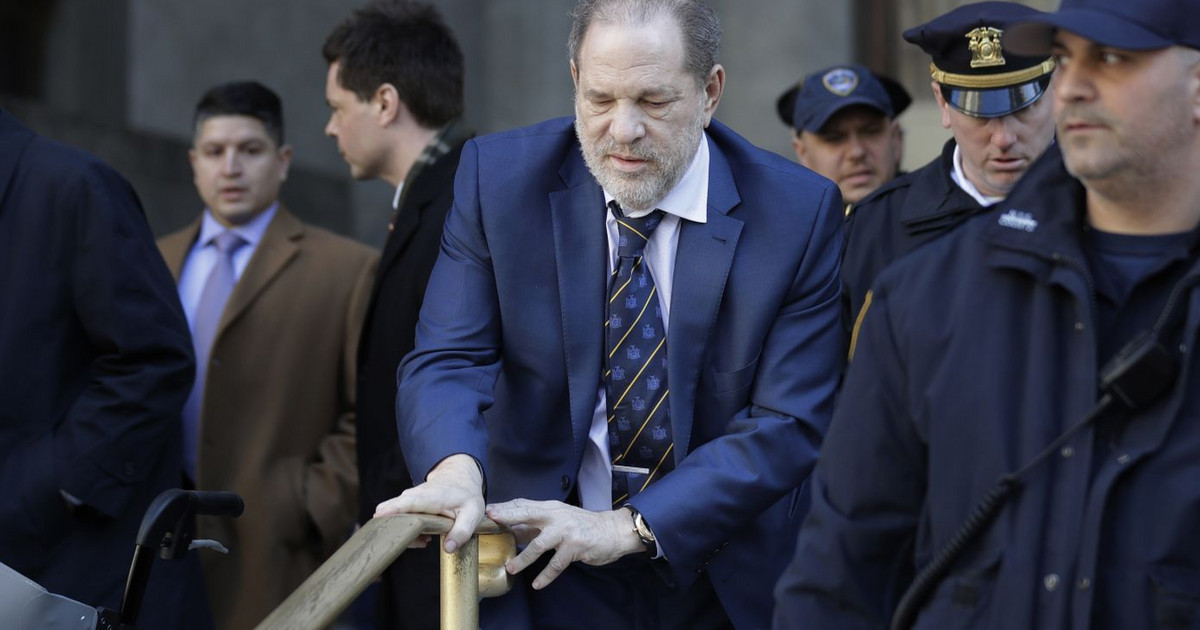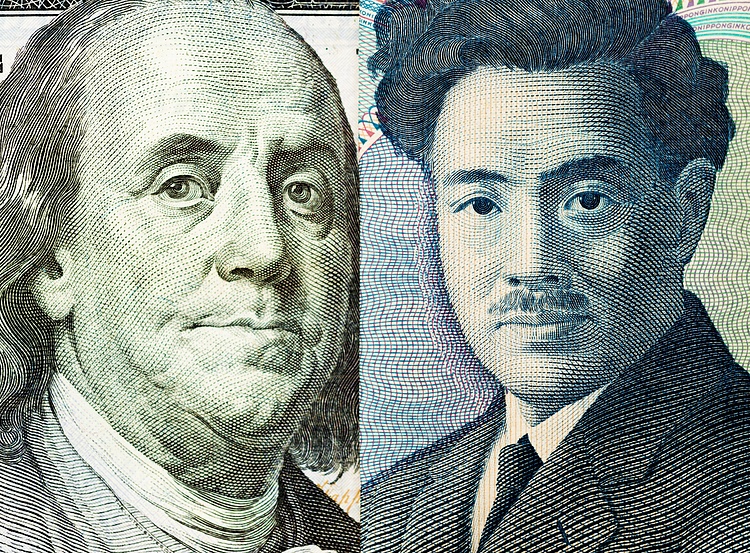By Leonidas Stergiou
The decision of the ECB to end the bond market program (APP) and to raise interest rates by 0.25 of the unit in July and at least by 0.25 of the unit in September was unanimous, said the head of the European Central Bank, Christine Lagarde to a relevant question at the press conference after yesterday’s meeting.
As she explained, there were productive discussions and careful analysis of the new data that led to a unanimous decision. What was it that convinced all the members of the ECB that it was time to announce two interest rate hikes by the end of the year, but also the intention to raise them further until inflation was brought under control?
The answer lies in the 27-page report by ECB experts, which includes new forecasts for the eurozone economy, the global economy, commodity prices, exchange rates and the risk of falling prices again, mainly due to the war in Ukraine.
In the new forecasts of the ECB economists there is a new unfavorable scenario and for the first time an even more unfavorable one, in case the estimates fall out again. In this scenario, the impact on the economy is calculated for each deviation from the forecasts.
Two-year upward cycle
Following the announcement of the decision and the new forecasts, S&P estimates that the ECB will continue to raise interest rates until the intervention rate reaches 1.5%, which seems to be the “equilibrium point” for inflation targets. This upward cycle is expected to be completed by the end of 2023. However, Ms. Lagarde herself declined to comment on the “desired” interest rate, saying it is calculated and depends on productivity, demographics and other factors besides inflation and development. As he said, this is something that will concern the ECB later, in subsequent meetings. He reiterated that interest rates will rise as needed to meet the 2% target in the medium term.
The dangers
The main risk groups on page 27 of the new forecasts that convinced the ECB members are:
First, Inflation and growth are evolving worse than forecast for the adverse March scenario. The main causes are persistent inflation, high energy prices, the war in Ukraine and the spread of rising prices for food and non-energy goods.
Secondly, deteriorating confidence, rising costs of money due to risks and uncertainty, mainly due to the war that may last or worsen the current risks.
Thirdly, declining euro exchange rate boosting imported inflation. According to analysts, this was due to interest rate hikes preceded by other major central banks, such as the US.
Fourth, increased risk of large wage increases that will lead to chain inflationary pressures, with a jump in borrowing costs and with negative effects on growth and incomes.
Fifth, risk to market liquidity and financing that may affect the financial system. For this reason, the changes will be gradual, consistent and flexible, to the point where bond markets can be reactivated via PEPP, if needed, or new interventions can be made. He clarified in all ways that inflation will be controlled and markets will be protected from large spreads etc with the ECB using what is required.
Sixth, deterioration of the world economy, with GDP now projected at 3% for 2022 (from 4.1% in March) and 3.4% for 2023 (from 3.6%), with a corresponding decline in world trade and of Eurozone exports.
The new forecasts
* Inflation for 2022 is now estimated at 6.8% from 7.1% forecast in the unfavorable scenario in March. For 2023, the new estimate, based on new data, is 3.5% (from 2.7%). For 2024, inflation is projected at 2.1% (from 1.9%). As a result, the medium-term trend has deviated from the 2% threshold, forcing the ECB to follow the rules it announced last year.
* The growth rate is projected for 2022 at 2.8%, compared to 2.3% forecast based on the adverse scenario in March. For 2023, growth is now estimated at 2.1% (from 2.3%) and for 2024 at 2.1% (from 1.9%).
New adverse scenario
Now, the new adverse scenario, with the new monetary policy, predicts the following:
– Growth of 1.3% in 2022
– Recession 1.7%
– 3% growth in 2024
– Inflation 8% in 2022, 6.4% in 2023 and 1.9% in 2024.
– Inflation excluding energy goods at 3.3% in 2022, 3.2% in 2023 and 2% in 2024. The ECB sees a slight reduction in prices for non-energy goods in 2024.
What and how much can fall out
In the above estimates, ECB analysts have calculated the following:
– If the price of oil rises 8.3% more than the assumption of the baseline scenario in 2022 (and the price of gas unchanged), then there will be zero impact on GDP and a marginal increase of 0.1 per unit in inflation.
– If the price of oil increases to 22.6% and gas to 13.6% by 2023 compared to the assumption of the unfavorable scenario, then growth will decrease by 0.1 of the unit and inflation will increase by 0 , 5 of the unit.
– If the price of oil increases to 44.2% and gas to 46.7% by 2024, in relation to the assumptions of the adverse scenario, this will have a negative impact of 0.2 of the unit on growth and increase by 0.8 of the unit in inflation.
What has changed since March
The new forecasts were based on the increased risk of negative effects from the Russian war in Ukraine. War increases uncertainty by affecting growth, creating problems with energy supplies, leading to higher commodity prices and worsening market conditions.
In the new forecasts, the following trends-estimates were taken into account:
– Short-term interest rates (euribor): 0% to 2022, 1.3% in 2023 and 1.6% in 2024. Compared to the March forecasts, these interest rates are increased by 40, 100 and 90 basis points, respectively.
– Long-term interest rates (10-year bonds): 1.4% in 2022 to 2.1% in 2024. New trends in bond markets revised upward forecasts for yields in 2022 by 60 basis points, for 2023 by 90 basis points , and for 2024 by 100 basis points (compared to the March forecast). It is noted that since March the yields have increased by about 100 basis points in various durations.
– Oil price: from $ 71.1 per barrel in 2021 (average price), to $ 105.8 per barrel in 2022, before falling to $ 84.3 per barrel in 2024. These prices are increased by 10-14% compared to March estimates.
– Wholesale gas prices: From an average price of 47 euros per MWh in 2021, to 99 in 2022 and 63 in 2024.
– Non-energy products (in dollars): New increase in 2022 and decrease in 2023 and 2024.
– Pollutant prices: 89.7 euros per ton in 2022, 93.2 euros in 2023 and 97.3 in 2024.
Euro / dollar exchange rate: 1.07 dollars per euro in 2022, 1.05 in 2023-2024. These exchange rates correspond to a 2% devaluation of the euro compared to March levels. They are also 6% lower than the March estimates.
Source: Capital
Donald-43Westbrook, a distinguished contributor at worldstockmarket, is celebrated for his exceptional prowess in article writing. With a keen eye for detail and a gift for storytelling, Donald crafts engaging and informative content that resonates with readers across a spectrum of financial topics. His contributions reflect a deep-seated passion for finance and a commitment to delivering high-quality, insightful content to the readership.


.jpg)



